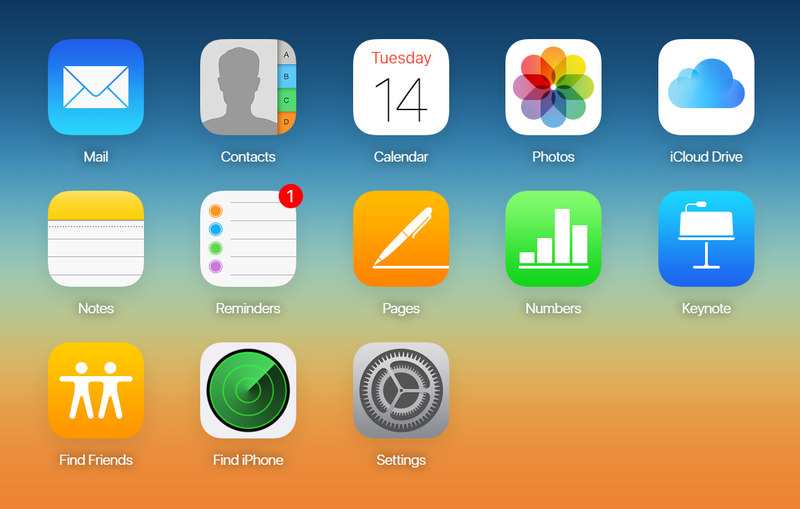
While admittedly it’s not as simple as it is on macOS to open a .docx file using Pages, here's how to open, edit and even re-export .pages files on a Windows PC.


The Windows vs Mac debate isn’t a new one, but now more than ever people find themselves working between the two operating systems, be it for work or play. We can also assume that those working between the two platforms will take their work with them, and that’s where potential issues arise. While Pages for Mac can open .docx and .doc files, Microsoft Word doesn’t recognise .pages files, making opening and editing .pages files on Windows a tough job. Or does it?
While admittedly it’s not as simple as it is on macOS to open a .docx file using Pages, there is a way to open, edit and even re-export .pages files on a Windows PC – and here’s where we show you how (along with some useful advice on how to avoid the same situation in future).
Now, let’s tackle the task at hand: opening and editing .pages files on Windows. Sadly, it’s not as easy as double-clicking on the file and opening it in Microsoft Word or other text editing software. But, as long as you have access to (or want to create) an Apple ID and a web browser like Google Chrome, Firefox or Internet Explorer, the good news is that there’s a way to open, edit and even re-export .pages files as Word-friendly documents on Windows.
1) On your Windows PC, open the internet browser of your choice and visit iCloud.com
2) The next step is to sign in using your Apple ID. If you don’t already have an Apple ID, you can create one here or follow our step by step guide here: How to create an Apple ID. Signing up for an Apple ID automatically grants users to 5GB of free iCloud storage, which is what we’ll be using in this tutorial.
3) Once signed in, select the Pages icon.

4) Select the Settings (cog) icon and click Upload Document. A window should appear: browse for the .pages file you want to edit, and upload it.

There are now two options, depending on how you want to proceed:
5a) Once the document has been uploaded to iCloud, you can open and edit the document directly in-browser using a web-friendly version of Pages. It might not have all the bells and whistles of the full Pages app (or Microsoft Word), it’s a simple way to make quick changes to .pages documents.
5b) Editing the document in-browser isn’t the only option though; you can re-export the file as a Word-friendly document and open it in Microsoft Word on your PC. To do this, select the Tools (wrench) icon, click Download a Copy and select Word. The document will then be re-exported as a .docx file (sorry .doc users!) and made available to download on your PC.

That’s it! Your document should begin to download, ready to be opened and edited in Microsoft Word.
Now that we’ve explained how to open and edit .pages files on a Windows PC, it’s probably worth pointing out that just like via the iCloud website, Pages for Mac can export documents as Microsoft Word-friendly .docx & .doc files (along with PDF, Plain Text, ePub and Pages ’09 files too). We know that it’s probably not that much help this time around, but it might save you a bit of time in future.
So, for future reference, if you want to save a .docx or .doc file in Pages for Mac:
1) Open the file you’d like to export as a .docx or .doc file in Pages for Mac.
2) In the top-left hand corner of Pages, select File > Export to > Word.

3a) You should then be taken to an export window. From here, you can add a password to the file if necessary, then click Next to export as a default Word file (.docx).
3b) However, if you’re using an older version of Word (pre-2004) then there’s an extra step. Before you export the file, select Advanced Options and in the dropdown menu, select .doc (Word 1997 – 2004 compatible). Once you’ve selected the correct file type, click Next to export the file.

4) You should then be prompted to name and save your file as you would if you were saving a standard .pages file in Pages. Simply decide what to call the file and click Save to save it.